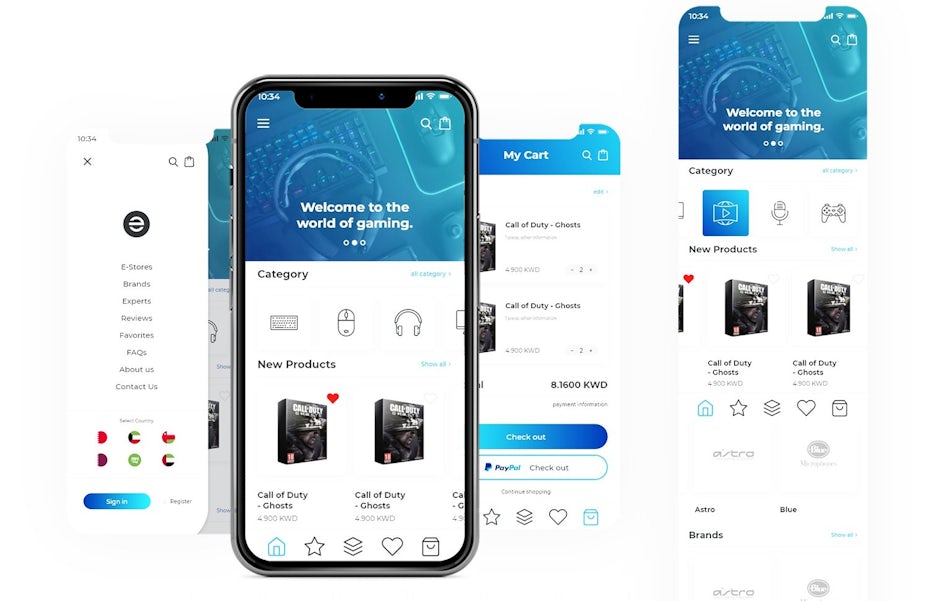The Importance of Responsive Design and Mobile Optimization
In today's digital age, mobile devices have become an integral part of our lives. People use their smartphones and tablets to browse the internet, shop online, and access various services. As a website owner or developer, it is crucial to prioritize responsive design and mobile optimization to provide an optimal user experience. In this blog post, we will explore the significance of responsive design and discuss practical tips for mobile optimization.
1. Understanding Responsive Design:
- Definition and benefits of responsive design.
- How responsive design adapts to different screen sizes and devices.
- Examples of responsive design in action.
2. The Mobile-First Approach:
- Explanation of the mobile-first approach to web design.
- Benefits of designing for mobile devices first.
- Tips for implementing the mobile-first approach.
3. Optimizing for Mobile:
- Importance of fast page loading speed for mobile devices.
- Techniques for optimizing images, CSS, and JavaScript.
- Leveraging caching and content delivery networks (CDNs) for improved performance.
4. User Experience Considerations:
- Designing intuitive and touch-friendly interfaces.
- Ensuring readability and accessibility on smaller screens.
- Streamlining navigation and minimizing user input.
5. Testing and Analytics:
- Importance of testing websites on different devices and screen sizes.
- Overview of mobile testing tools and emulators.
- Utilizing analytics to gain insights into mobile user behavior.
Conclusion:
In a mobile-centric world, responsive design and mobile optimization are no longer optional but necessary for the success of your website. By implementing these best practices, you can provide an exceptional user experience across devices, increase engagement, and ultimately drive more conversions.


0 Comments